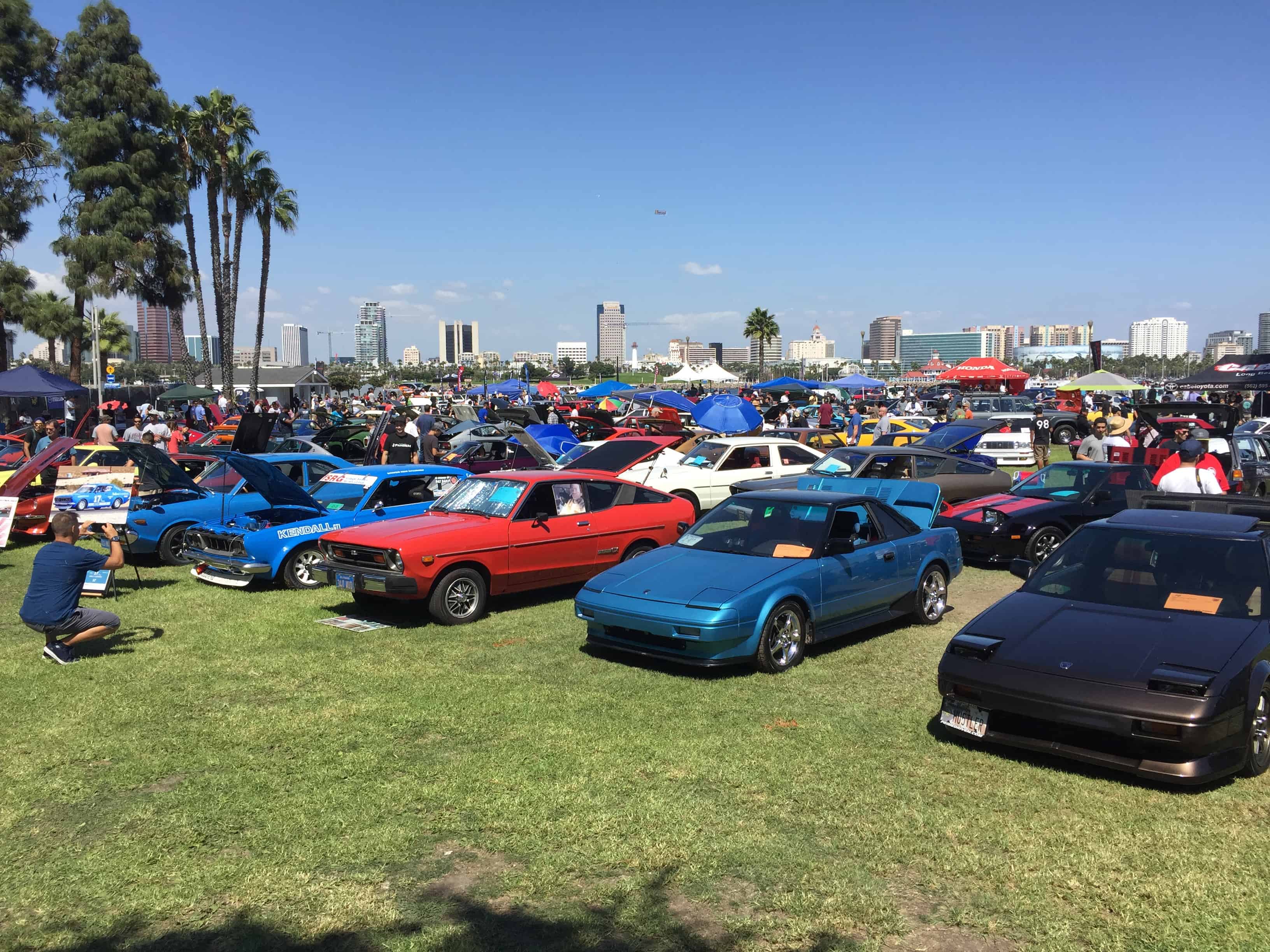Editor’s note: This is the fourth in a 6-part series examining where the collector car hobby is headed in the next decade and beyond. Read the rest of the series here. Craig Lieberman was the technical director on the first two movies in The Fast and The Furious franchise and wrote a book, Crashing Cars: How a Motion Picture Turned It Into an Art, about his experience. He previously was director of the National Import Racing Association and worked for Super Street magazine.

Whether you’re into antiques, classics or exotics, Monterey Car Week has something for everyone. The event attracts fans of nearly every marque, including increased offerings from Japan.
This brings me great pleasure because, as a young man, much of my passion for the automotive hobby started with Datsun 240Zs and 510s. I owned several of them and much of what I learned about turning wrenches – and the proper use of profanity — came from busted knuckles obtained when working on my cars.
While all my friends were laughing at me and touting their American muscle, I was convinced that, one day, these Japanese sports cars would be classics. Moreover, they’d command the respect of even the most cynical observer.
A few decades later, what was once nothing more than a fondness among a few enthusiasts has turned into a global following. Among the most desired cars are the Datsun Zs, the gorgeous Toyota 2000GT, almost every version of the Datsun Skyline GT-R, and the eclectic 510s.
This passion has rapidly developed over the last decade. You can attribute some of the enthusiasm for the Toyota Supra and 1990s Skylines to The Fast & the Furious franchise and to many video games depicting these cars as giant killers.
There’s more to it, though, at least in my opinion. Something deeper.
I’m old enough to appreciate the antiques, the classics and American muscle for what they are: Stylish performers — in most cases — that were simple to work on and fun to drive. Moreover, they remind us of when we were young. Many of us had fond memories and experiences owning or being around these cars.
Today, as cars become more complex, they’ve essentially become so difficult to work on that it’s almost not fun. Japanese cars from the 1990s and older are more analog, the driving experience is unique to the platform. These cars might not have the slick styling of the Duesenberg, but they have classic lines nonetheless.
Adding to that, fans who couldn’t afford these cars in the 1990s suddenly find them within reach today. But that could quickly change in a world where finding unmolested versions of these cars is becoming increasingly difficult and, as you’d might expect, pricier.
But as I sit here, some 37 years after I bought my first Datsun, I’m pleased to see some of these Japanese cars have indeed captured the imagination of collectors and seem to have their own place in the classic car world.





